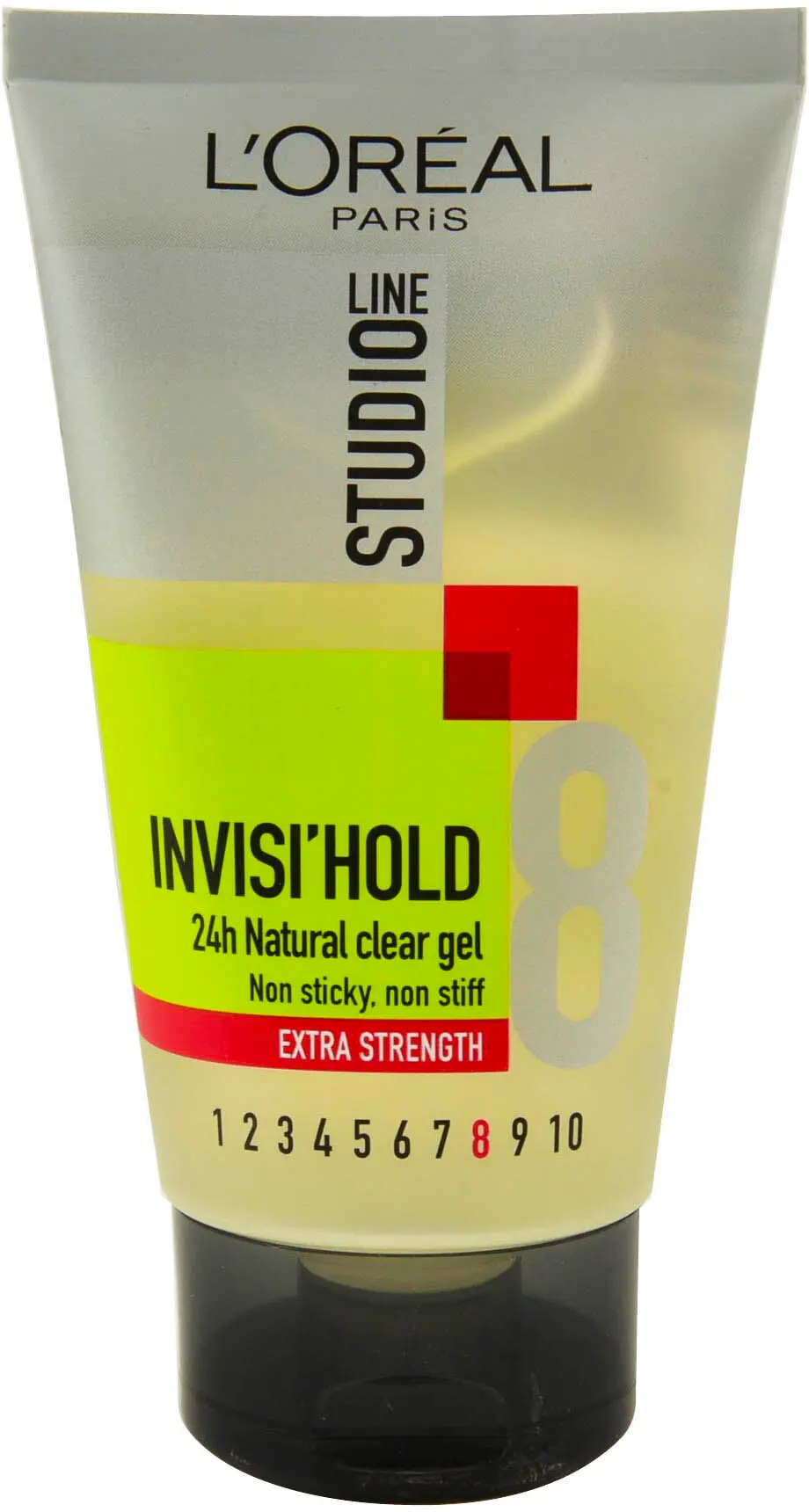Reach More Customers With Market Development
If you feel that you’ve exhausted your opportunities with your current customer base, and aren’t sure where to take the business next, market development could be the answer. This valuable business strategy is taken from the Ansoff Matrix, and is used by companies the world over to expand their opportunities and grow their business.
In this article, we explore the concept of market development, discuss some common approaches, provide some real-world examples, and an overview of how to create a market development strategy that can push your company to greater heights.
What is market development?
Market development is selling an existing product in a new market. For example, a gym equipment business may be successfully selling treadmills in Melbourne, and decide to expand to Sydney—a new market. Or they might sell most of their treadmills to young professionals, and want to sell more to the older generation—also a new market.
The basic idea behind market development is finding new markets to sell in. It expands your total addressable market (TAM), and so is a good strategy when you’ve “run out” of customers to sell to in your current market, or can recognise potential for growth in other markets. It can also be risky, because the new market is often unfamiliar, and you’ll need to research it thoroughly to determine demand and decide whether it’s worth selling in.
4 market development approaches
Market development can be undertaken in four common ways:
1. Sell in the same area to different customers
In some cases, a product can be repositioned to appeal to different customer segments who live in the same area as your current customers. The gym equipment business might try to sell their treadmills to locals rehabilitating from an injury, or to nearby hospitals with rehab wards. Or they might get a little whacky and market the product as “the easiest way to walk your dog.”
Customers can be segmented in a variety of ways. You can segment them based on demographics like age, gender, and marital status, psychographics like their interests, social status, and political stance, or behavioural characteristics like their buying habits, loyalty, and product usage. Segments are usually a blend of these.
The beauty of repositioning a product is that it can open up new customer markets / segments without the expense of physically moving to a new area, and the risk of selling to completely unfamiliar people. In theory, the customer segments you’re selling to right now might share some characteristics with the new customer segments you want to target, because they live in roughly the same area. There’s a big difference selling to Australians than selling to Brazilians (an extreme example, but you get the point). While research is still needed to discover new local customer segments, the overlap they have with your current customers makes things less risky.
Of course, you’ll need to come up with a marketing strategy for the repositioned product too, which will include new messaging and new campaigns, and may also include unique packaging, advertising, and more.
2. Sell in a different area to the same customers
If the gym equipment company has sold reams of treadmills to young professionals living locally, why not try to sell them to young professionals in other areas? In this scenario, the company would have to identify a potential new area to sell in—a new suburb, a new city, or even a new country—and then figure out whether there’s enough young professionals in that area who may want to buy the treadmills.
They also need to uncover any differences between the two segments to predict the demand for their treadmills. They need to figure out logistics like whether they are going to open a new store or a new warehouse, consider their supply or manufacturing process, and how they will ship their products. This approach is risky, but can be lucrative with thorough research.
3. Sell in a different area to different customers
In this approach, the gym equipment business would consider selling their treadmills in a completely different area, to a completely different customer segment. As you might expect, this is an extremely risky approach because you don’t know the new area, and you don’t know the new customers, so you’ll need to complete a lot of heavy research to fill in the blanks. You’ll also need to look at your supply chain (or manufacturing process), how you will fulfil orders, and how you will market them. This is close to starting an entirely new business, except you already have a developed product ready to sell.
4. Develop an entirely new market
In the late 1800’s, Carl Benz created a “horseless carriage” that he believed would revolutionise how people travelled. It was the world’s first car, which meant that a market for cars didn’t exist at that point. Today, that market is worth about 2.8 trillion US dollars,1 and Carl Benz started it all by creating a novel product. Apple did the same thing with the smartphone market, which didn’t exist until they released their iPhone. Through dogged business innovation they were able to develop an entirely new market and make billions of dollars.
The immense challenge of developing a new market is usually undertaken by big companies with plenty of resources and the ability to take risks without going under. But this isn’t always the case—when 27-year old Carl Benz invented the first car, his factory had to be purchased using his wife’s dowry. So while this approach is by far the riskiest of the four, if you happen to have a passion for inventing new products, it’s certainly within reach.
How to create a market development strategy
The market development strategy you create will depend on which of the above approaches you decide to take, but can be boiled down into four basic areas. As always, your business goals should guide everything you do, so before you start, you should be fairly confident that market development might be a good way to achieve them.
1. Market research
The main goal of market research is to identify a new market to target, and identify its sales demand. After all, there’s no point trying to sell in a new market if it won’t grow your business. You need to understand the ROI potential of the market before you take the plunge.
Market research is carried out in the following ways:
Demand analysis
Demand analysis allows you to calculate the total market demand of a market, and decide whether it’s worth entering. It can include the following:
- Reviewing industry sales reports
- Reviewing your own sales history
- Reviewing the sales of your competitors, or using a methodology like Porter’s Five Forces to identify your competition
- Completing customer research (more on this below)
- Understanding the drivers of sales demand for the industry (much of this is tied to customer research)
- Trying to predict the saturation point of the market
- Understand the business cycle stage of the market—is it emerging, plateauing, or declining?
- Trying to anticipate changes in people’s buying behaviour (just because a group of people bought something in the past, doesn’t mean they’ll keep doing the same thing in the future)
As you can see, this is a lot of work. But the more research you complete, the more accurate your understanding will be of the new market you’re considering entering, and the lower your risk.
Customer research
Customer research should give you a thorough understanding of who you’re trying to sell to. The goal here is to create meticulously-researched buyer personas who reflect your new customer segments / markets. It isn’t enough for you to create buyer personas based on your intuition and experience—you’ll need to undertake proven customer research methods like surveys, interviews, and focus groups, to discover detailed information such as their demographics, geographics, psychographics and behavioural characteristics. This will give you a real understanding of what your customers need, and allow you to create accurate strategies for selling to them.
Reposition your product
If you are planning on selling to a new customer segment in the same area, you’ll need to reposition your product in a way that is appealing to the segment. We already discussed this in length above, so we won’t rehash it here.
2. Create strategies
With your market research in tow, you should have a solid understanding of demand and the customer groups who you will be selling to. Now you need to create new strategies that will describe how to pull it off. This can include changes to your brand strategy, market strategy, and sales strategy, rethinking your supply and distribution chains to ensure they work in the new market, and most importantly, outlining how much everything will cost, and whether you have the cash flow to pull it off.
All of these things need to be carefully planned so that you cover every aspect of entering the new market, to mitigate as much risk as possible.
3. Execute & review
You should have done a lot of work at this point, and be confident enough to take the plunge and start executing your strategies. Be sure to stick to the plan, regularly review the work that you’re doing, and keep a close eye on your finances.
After six months, review your progress so far and figure out whether you need to make any major changes. In some cases, your strategy may not be going according to plan, or may be based on ill-advised research, in which case there’s no shame in counting your losses and pulling out of the market. Be careful not to fall prey to the sunk cost fallacy—sometimes it’s best to go back to the drawing board and figure out what went wrong. But hopefully your research is sound and your market development strategy a resounding success.
Market development examples
Here is a list of real-world market development examples that will give you an idea of how other companies have done it.
Napisan
Napisan Vanish, made by Reckitt. Image from Vanish
Napisan was originally designed to wash cloth-made nappies, and was successful up until the 1980s when disposable nappies became more popular and affordable. Sales fell when this happened, and the company behind the product (Reckitt) decided to reposition the product as Napisan Vanish: a laundry detergent that could help to remove tough stains. This completely changed their target market from mothers to the general public. The shift worked, and napisan remained a household name in Australia, but with a different purpose.
Al Jazeera

Al Jazeera is an Arabic broadcasting company based in Qatar. It originally provided news to Saudi Arabians, but after massive investment and success, it expanded its reach to other Arab countries, and eventually the rest of the world. It took its existing media product and successfully sold it to different people in different countries—no small feat.
Today, Al Jazeera is considered one of the most accurate and unbiased news sources in the world, rubbing shoulders with giants like The New York Times.
Gordon Ramsay Holdings Limited
Gordon Ramsay has had plenty of success with market development. Image by gordon-ramsay-7 on Flickr, CC BY 2.0
After getting experience at a string of high quality restaurants through the 80s and 90s, Gordon Ramsay decided to open his own restaurant in Chelsea, London. It was a big success, and to broaden his reach, Ramsay took the typical market development route of trying out a new location—a restaurant in the city of Glasgow. Presumably, Ramsay completed plenty of research to determine whether the new location would work, and whether selling fine dining experiences to Glasweigans was the same as selling fine dining experiences to Londoners. It was a risky move, but one that paid off.
Today, Gordon Ramsay runs 35 restaurants across the world. He’s also become a brand himself, regularly featuring on popular TV shows and releasing 26 cookbooks so far. He’s a solid example of a businessman with diverse products, selling to diverse audiences, across diverse locations—a true success in market development.
Sony Walkman
The original Sony Walkman. Photo by Binarysequence – Own work, CC BY-SA 4.0. Image from Wikipedia
Before July 1st 1979, people weren’t able to listen to their own music while out and about. They had to go to pubs, clubs, concerts, or listen to their stereo at home. Sony used people’s love of music to create a product that would carve out an entirely new market: the Walkman and the portable music player industry. It was a revolutionary piece of equipment that allowed people to listen to music wherever they wanted, and paved the way for the compact CD player and iPod.
L’Oréal
One of L’Oréal’s many products. Image from Open Food Facts, CC BY-SA 3.0
L’Oréal’s first product was a hair dye formula that founder Eugène Paul Louis Schueller sold to Parisian hairdressers. But Schueller recognised the market potential for beauty and cleansing products, which he developed and successfully sold to French customers, and eventually the rest of the world. Today, the L’Oréal Paris brand is worth about $38.3 billion US dollars.
Research
- 2021, • Global automotive manufacturing market size 2022, Statista






